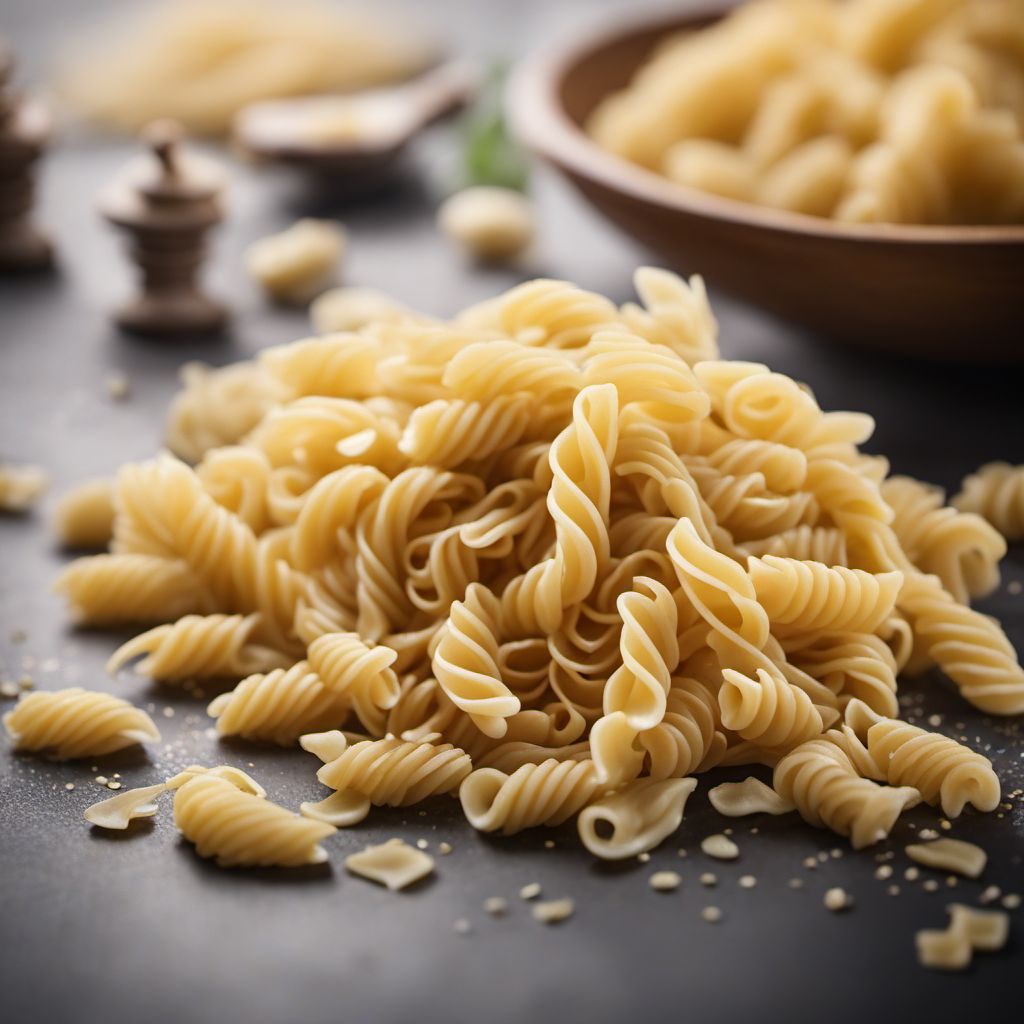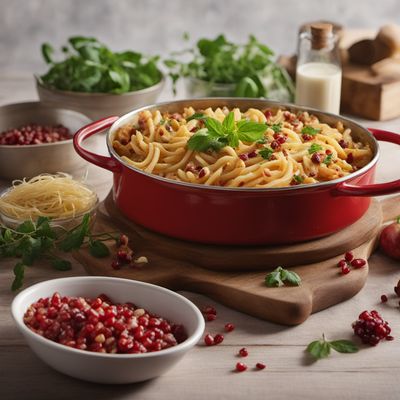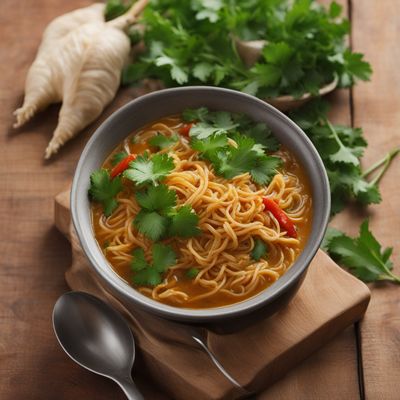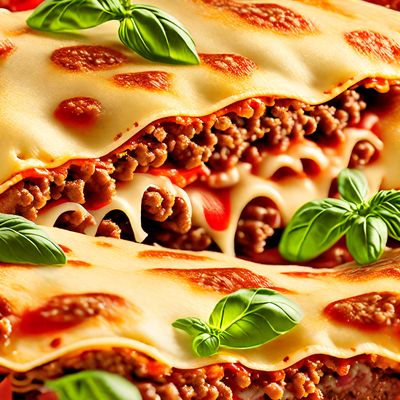
Ingredient
Pasta and similar products
The Art of Pasta: A Culinary Masterpiece
Pasta is a versatile ingredient made from durum wheat or semolina flour, water, and sometimes eggs. It comes in various shapes and sizes, each with its own unique texture and cooking time. Pasta is known for its al dente texture and ability to absorb flavors from sauces and other ingredients, making it a popular choice in Italian, Mediterranean, and international cuisines.
Origins and history
The origins of pasta can be traced back to ancient civilizations, including the Etruscans and the Greeks. However, it was the Italians who perfected the art of pasta-making and introduced it to the world. Pasta quickly became a staple in Italian cuisine and spread to other parts of Europe during the Renaissance. Today, pasta is enjoyed in countless variations and is a beloved comfort food worldwide.
Nutritional information
Pasta is a good source of carbohydrates and provides energy for the body. It also contains small amounts of protein and dietary fiber. The nutritional content may vary depending on the type of pasta and the ingredients used in its preparation. It is important to choose whole wheat or whole grain pasta for added nutritional benefits.
Allergens
Pasta is typically made from wheat, which contains gluten. Therefore, individuals with gluten intolerance or celiac disease should opt for gluten-free pasta alternatives made from rice, corn, or other gluten-free grains. It is important to read labels carefully and choose certified gluten-free products if necessary.
How to select
When selecting pasta, look for brands that use high-quality durum wheat or semolina flour. The pasta should have a smooth, uniform texture and a slightly yellow color. Avoid pasta that appears dull, discolored, or has a powdery texture, as these may indicate poor quality. Additionally, choose the shape and size of pasta based on the intended dish or recipe.
Storage recommendations
To keep pasta fresh and prevent it from drying out, store it in a cool, dry place in an airtight container or its original packaging. Avoid exposing pasta to moisture or humidity, as it can cause the pasta to become sticky or moldy. Cooked pasta should be stored in the refrigerator and consumed within a few days.
How to produce
Producing pasta at home requires a pasta machine or a rolling pin to roll out the dough to the desired thickness. The dough is typically made by combining flour, water, and sometimes eggs. It is then kneaded until smooth and elastic before being rolled out and cut into the desired shape. There are numerous recipes and tutorials available online for homemade pasta-making.
Preparation tips
To cook pasta, bring a large pot of salted water to a rolling boil. Add the pasta and cook according to the package instructions or until it reaches the desired level of doneness. It is important to stir the pasta occasionally to prevent it from sticking together. Once cooked, drain the pasta and toss it with your favorite sauce or ingredients. Remember to reserve some pasta cooking water, as it can be used to adjust the consistency of the sauce.
Substitutions
Pasta can be substituted with various alternatives depending on dietary preferences or restrictions. Gluten-free pasta made from rice, corn, or quinoa can be used as a substitute for individuals with gluten intolerance. For a low-carb option, spiralized vegetables such as zucchini or sweet potato can be used as a pasta replacement in dishes like spaghetti or lasagna.
Culinary uses
Pasta is a versatile ingredient that can be used in a wide range of dishes. It is commonly used in Italian cuisine, where it is paired with various sauces such as marinara, carbonara, or pesto. Pasta is also a key component in dishes like lasagna, baked ziti, and macaroni and cheese. Additionally, it is used in soups, salads, and stir-fries in different culinary traditions around the world.
Availability
Pasta and similar products are widely available in grocery stores, supermarkets, and specialty food stores worldwide. They are also commonly produced and consumed in countries with a strong culinary tradition, such as Italy, the United States, and various European countries.
More ingredients from this category
Recipes using Pasta and similar products » Browse all

Georgian-inspired Cheesy Potato and Pasta Bake
Kartopili Khachapuri - Georgian Cheesy Potato and Pasta Bake

Latin American Lasagne
Sabor Latino Lasagne: A Latin Twist on a Classic Italian Dish

Singaporean-style Sesame Noodles
Savory Sesame Delight: Singaporean-inspired Noodles

Chow Mein Sandwich
Crispy Noodle Delight: A Fusion of Chinese and American Flavors

South Indian Chicken Noodle Soup
Spicy Chicken Noodle Rasam: A South Indian Twist to a Classic Soup

Pasta with Cherry Tomatoes and Basil
Sun-Kissed Pasta Delight

Polish-style Pastitsio
Creamy Polish Pasta Bake

Fast Food Lasagne
Speedy Lasagne Delight

Xinjiang Spicy Noodle Stir-Fry
Fiery Xinjiang Noodles: A Spicy Delight from the Silk Road

Puerto Rican Style Lasagne
Tropical Twist Lasagne: A Puerto Rican Delight

Ají de Fideos with Chicken and Vegetables
Peruvian Spicy Noodle Delight

Southwestern Style Beef and Bean Lasagna
Spicy Tex-Mex Lasagna: A Fusion of Flavors


